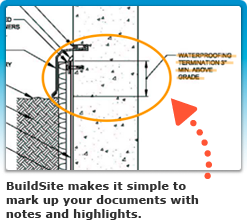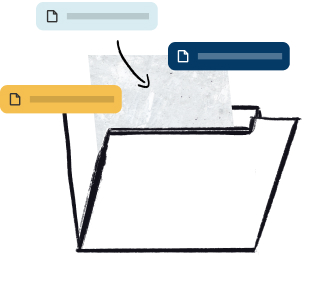Abstract
These test methods cover procedures for sampling and testing prefabricated, reinforced, polymer-modified bituminous sheet materials designed for single- or multiple-ply application in roofing and waterproofing membranes. From each shipment or fraction thereof, select at random a number of rolls equal to one half the cube root of the total number of rolls in the lot. If the calculated number is fractional, express it as the next highest whole number. The load strain (tensile elongation and strain energy) properties shall be tested to meet the requirements prescribed. The tensile tear strength, moisture content, and water absorption of polymer-modified bituminous sheets shall be tested to meet the requirements prescribed. The dimensional stability, low-temperature flexibility, heat conditioning, and accelerated weathering of the polymer-modified bituminous sheets shall be tested to meet the requirements prescribed. The granule embedment, compound stability, coating thickness, low temperature unrolling, and precision and bias of the polymer-modified bituminous sheet materials shall be tested to meet the requirements prescribed.
This abstract is a brief summary of the referenced standard. It is informational only and not an official part of the standard; the full text of the standard itself must be referred to for its use and application. ASTM does not give any warranty express or implied or make any representation that the contents of this abstract are accurate, complete or up to date.
Significance and Use
3.1 These test methods are used for sampling and testing modified bitumen sheet materials. Property requirements, determined by these test methods, are found in the following product standards: Specifications D6162, D6163, D6164, D6222, D6223, D6298, and D6509.
1. Scope
1.1 These test methods cover procedures for sampling and testing prefabricated, reinforced, polymer-modified bituminous sheet materials designed for single- or multiple-ply application in roofing and waterproofing membranes. These products may use various surfacing materials on one side.
1.2 These test methods cover a number of different products. Not all tests are required for every product. Only those called out in the Product Standard are required.
1.3 These test methods appear in the following order:
| Section |
| Sampling | 4 |
| Conditioning | 5 |
| Thickness | 6 |
| Load Strain Properties | 7 |
| Tear Strength | 8 |
| Moisture Content | 9 |
| Water Absorption | 10 |
| Dimensional Stability | 11 |
| Low-Temperature Flexibility | 12 |
| Heat Conditioning | 13 |
| Accelerated Weathering | 14 |
| Granule Embedment | 15 |
| Compound Stability | 16 |
| Coating Thickness | 17 |
| Low Temperature Unrolling | 18 |
| Precision and Bias | 19 |
1.4 The values stated in either SI units or inch-pound units are to be regarded separately as standard. The values stated in each system may not be exact equivalents; therefore, each system shall be used independently of the other. Combining values from the two systems may result in non-conformance with the standard.
1.5 This standard does not purport to address all of the safety concerns, if any, associated with its use. It is the responsibility of the user of this standard to establish appropriate safety and health practices and determine the applicability of regulatory limitations prior to use.
Reproduced, with permission, from the ASTM International website, copyright ASTM International, 100 Barr Harbor Drive, West Conshohocken, PA 19428. To purchase the complete standard, go to http://www.astm.org/.



